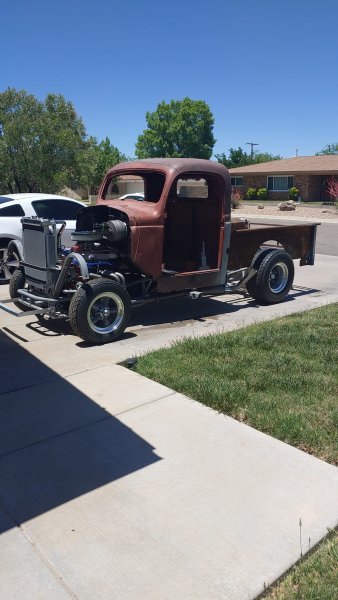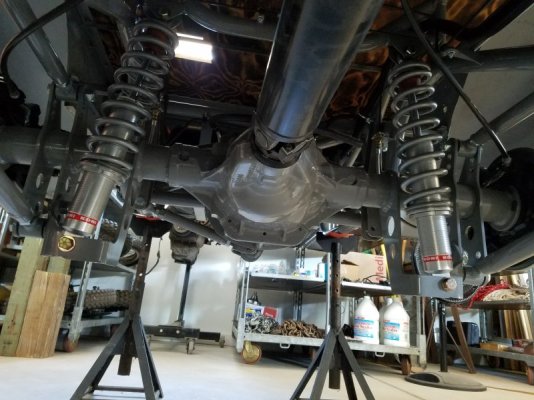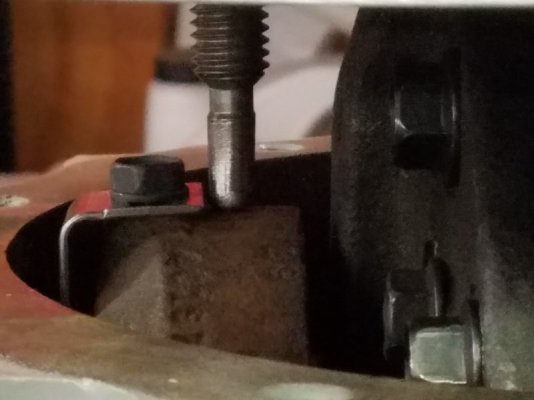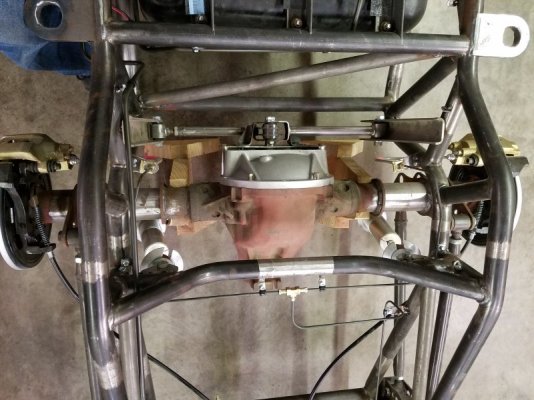How much power can the factory sure grip take? Dr Diff sells an 8 1/4 limited slip that is good for 350 hp. I'd like to go up to 500.
I purchased the LPW bracing kit, but it turns out the shocks on a B-body are in the way of the braces. Any thoughts on that?
Properly set up, an 8-1/4 can handle
500 hp. A girdle with proper carrier
bearing support, "green bearings",
and shortening the axle shafts,
(shortens the moment arm forces
from the carrier to the outer bearings),
and reinforcing the welds from the
axle housing to the tubes.
Though purchasing an 8-3/4
(at almost twice the price) of an
8-1/4, make this a more viable
option. (a lot less work).
I use a 8-1/4 in my build. But I'm
a mechanical engineer who loves
playing with the numbers. I also
have a steady source for 8-1/4's
as they're everywhere.
These smaller axles were used in
thousands of trucks and vans.
They're much tougher than most
give them credit for.
What kills these axles is the rearward
force of hard acceleration on the
carrier bearings, thus transferring
that load to the outer bearings.
(hence, the girdle)
As with any lever, the longer the
moment arm, the greater the force.
(hence shortening the axle).
The engine in my build is 489
hp to the rear. So far, zero problems.
C clips are another weak point, but
there are kits out there to eliminate
this problem, or you can install rear
disc brakes, which will keep the
axle from vacating the housing
if a C clip should fail. That, in itself,
will require mods to your braking
system.
I get into this kinda stuff, but you
may not.
I built a tube chassis to fit under
the sheetmetal of a pre-war pickup
mainly just to see if I could do it.
It's been a fun and interesting
project.






















